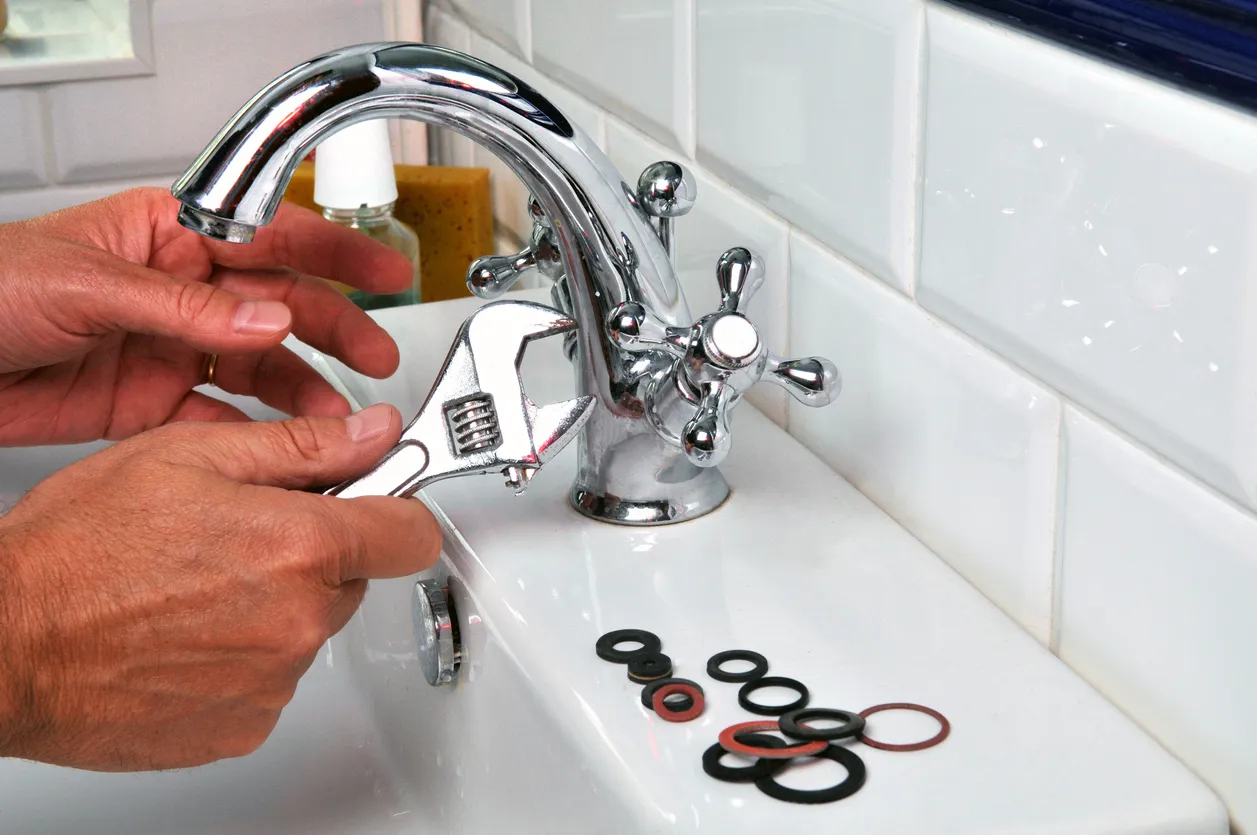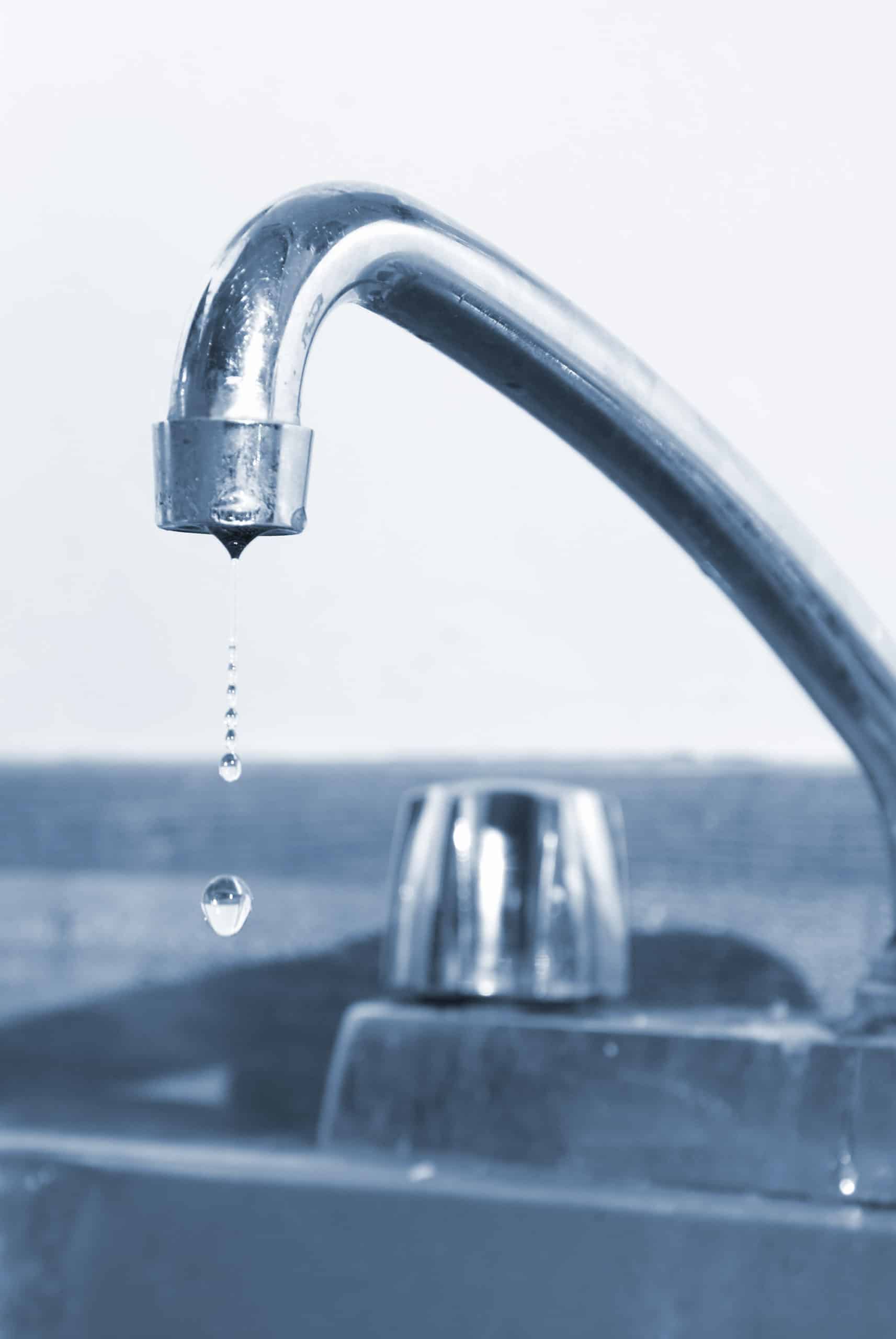They are making several great annotation on Why Are My Faucets Dripping (And Can I Fix It Myself)? as a whole in this post in the next paragraphs.

Dripping faucets could look like a small inconvenience, yet their effect exceeds just the annoyance of the sound. From drainage to sustaining unnecessary economic costs and wellness risks, ignoring a dripping faucet can bring about numerous consequences. In this post, we'll look into why it's crucial to address this common household issue quickly and successfully.
Waste of Water
Environmental Influence
Leaking faucets add considerably to water wastefulness. According to the Environmental Protection Agency (EPA), a solitary faucet dripping at one drip per second can throw away greater than 3,000 gallons of water annually. This not only pressures water sources yet likewise affects ecosystems and wild animals dependent on them.
Step-by-Step Overview to Taking Care Of a Dripping Faucet
Devices Required
Prior to attempting to deal with a trickling faucet, collect the required devices, including a flexible wrench, screwdrivers, substitute parts (such as washing machines or cartridges), and plumber's tape.
Common Faucet Issues and Their Solutions
Recognize the type of faucet and the certain issue triggering the drip. Common problems consist of damaged washing machines, corroded valve seats, or malfunctioning O-rings. Describe manufacturer instructions or on the internet tutorials for step-by-step support on fixings.
Financial Prices
Increased Water Expenses
Beyond the ecological influence, dripping faucets can inflate water bills significantly. The accumulated wastage with time converts into higher energy costs, which could have been prevented with timely fixings.
Prospective Residential Property Damage
In addition, prolonged trickling can result in harm to fixtures and surface areas surrounding the tap. Water accumulation can trigger staining, rust, and also structural issues if left neglected, leading to extra repair service costs.
Health and wellness Concerns
Mold and Mold Growth
The constant presence of dampness from a dripping tap produces a perfect atmosphere for mold and mildew growth. These fungis not just endanger indoor air high quality but additionally position wellness risks, specifically for individuals with breathing problems or allergies.
Waterborne Illness
Stationary water in dripping faucets can end up being a breeding place for bacteria and other microorganisms, boosting the threat of waterborne conditions. Contaminants such as Legionella bacteria flourish in stagnant water, potentially causing severe diseases when ingested or inhaled.
DIY vs. Professional Repair
Advantages and disadvantages of DIY Repair
While some may try to take care of a leaking faucet themselves, DIY repair work come with their very own set of challenges. Without correct understanding and tools, do it yourself attempts can exacerbate the concern or result in insufficient repair services, prolonging the trouble.
Benefits of Hiring a Specialist Plumber
Hiring a specialist plumber makes certain that the underlying root cause of the trickling faucet is attended to effectively. Plumbing professionals possess the know-how and equipment to diagnose and fix faucet issues effectively, conserving time and decreasing the risk of further damage.
Environmental Obligation
Private Payment to Preservation
Taking duty for dealing with trickling taps aligns with wider initiatives towards water conservation and ecological sustainability. Every person's actions jointly make a considerable impact on maintaining valuable resources.
Lasting Living Practices
By prioritizing timely repairs and taking on water-saving behaviors, individuals add to sustainable living methods that profit both present and future generations.
Safety nets
Regular Maintenance Tips
To stop dripping taps, perform routine upkeep such as cleansing aerators, inspecting for leaks, and replacing damaged parts immediately. In addition, consider mounting water-saving devices or upgrading to extra effective components.
Significance of Prompt Repair Works
Addressing leaking taps as soon as they're noticed avoids additional water waste and prospective damage, eventually saving both water and cash in the future.
Influence On Home Value
Perception of Well-Maintained Building
Keeping a property in good condition, consisting of attending to maintenance issues like trickling taps, enhances its viewed value and charm among prospective customers or lessees.
Impact on Resale Value
Characteristics with well-kept plumbing fixtures, consisting of faucets, command greater resale values in the property market. Resolving leaking taps can contribute to a favorable perception throughout building evaluations and arrangements.
Conclusion
Attending to a dripping faucet exceeds plain convenience; it's a vital action towards conserving water, lowering financial costs, and protecting health and wellness and building. Whether through DIY repairs or professional assistance, taking action to repair dripping faucets is a tiny yet impactful means to advertise accountable stewardship of sources and add to a much healthier, more sustainable future.
How to Fix a Leaky Faucet: Step-by-Step Repair Guide
A leaky faucet may seem like a simple annoyance, but if it's not fixed promptly, that leak could cost hundreds to potentially thousands. From water damage to mold, mildew, and high water bills, even a tiny leak can be catastrophic if left unattended. Damage like this can even affect the overall value of your home, so it's important to take the right approach for leaky faucet repair. You may need the help of a plumber in some cases, but we've got a few tips you can try on how to fix a leaky faucet before calling the pros.
Four Faucet Types
When you're learning how to fix a leaky faucet, the first step is knowing what kind of faucet you're working with! There are four common types.
Cartridge Faucets
Cartridge faucets come in one- or two-handled varieties. In one-handled cartridge faucets, hot and cold water combines in a single cartridge. In the two-handled versions, hot and cold water are controlled separately and mixed in the faucet.
Ball Faucets
Ball faucets have a single lever you push up and down to adjust the pressure and rotate to change the temperature. A slotted metal ball controls the amount of water allowed into the spout.
Compression Washer Faucets
They're the oldest type of faucet, but they're still used in many homes — especially older ones. Compression faucets have two separate handles that, when turned, raise or lower the washer that seals a water valve. This valve stops water from flowing through the faucet when it is turned off.
Disc Faucets
Disc faucets rarely need to be repaired due to their maintenance-free design. The water flow is controlled by two discs — the upper one raises and lowers against a fixed lower disc, creating a watertight seal. If your disc faucet starts leaking, you may need to replace the seals or clean residue buildup from the inlets.
Fixing a Leaky Faucet
Step 1: Turn Off the Water
Whether you're learning how to fix a leaky bathtub faucet or how to fix a leaky kitchen faucet, always turn off the water supply to your working area when you're fixing a leak. The last thing you want is a flood added to your list of things to fix.
Look for the shutoff valves below your sink or around the tub and turn them clockwise to stop the water flow. If your faucet doesn't have shutoff valves, you may need to turn off the water for the whole house. Check to make sure it's off by turning the faucet on. If nothing comes out, you're ready to start the repair.
Step 2: Take Apart the Faucet
How you disassemble your faucet depends on the type of fixture you have. You can use a flathead screwdriver to remove the caps on top of the handle or handles for cartridge and compression faucets. Inside, you should see handle screws. Unscrew these with a screwdriver to remove the handle.
Disc- and ball-style faucets will typically have an inlet screw near the handle, and removing that will reveal the interior of the faucet.
Detach the Valve Stem
For cartridge- and compression-style faucets, you'll see the inner valve stem or cartridge once you remove the faucet handles. If you have a compression faucet, unscrew the brass valve stem. If you have a cartridge faucet, pull out the cartridge. If your cartridge has been in place for a while, it may require some tools or extra force to remove it due to mineral deposits.
Examine and Replace Parts
Once you've removed the parts, check them out to confirm what needs to be replaced. You may see corroded rubber washers, O-rings, stems, or cartridges. On a ball-style faucet, check the seats and springs for damage.
If you need to repair a leaky disc faucet, check the inlet and seals on the lower disc.
Once you determine what parts must be replaced, visit your local hardware store. Bring the damaged parts with you to ensure you can purchase the correct components to replace them.
Clean Valves and Faucet Cavity
If you've removed a stem or cartridge, you may notice mineral buildup in the faucet's threads. Use white vinegar to clean the valve seat by soaking it for a few minutes, then scrub it away with a soft toothbrush and rinse with warm water. You can also clean the interior of the faucet in the same way.
Reassemble the Faucet
Once your faucet is cleaned and the required parts have been replaced, it's time to reassemble it. Put the pieces back together and slowly turn the water supply back on. Doing this slowly is crucial because too much initial water pressure can damage the new hardware you've just installed.
https://homewarranty.firstam.com/blog/how-to-fix-leaky-faucet

We had been brought to that report on What Causes Leaky Faucets & How To Fix Them from an acquaintance on another site. Kindly take the opportunity to promote this blog post if you appreciated it. Many thanks for your time spent reading it.